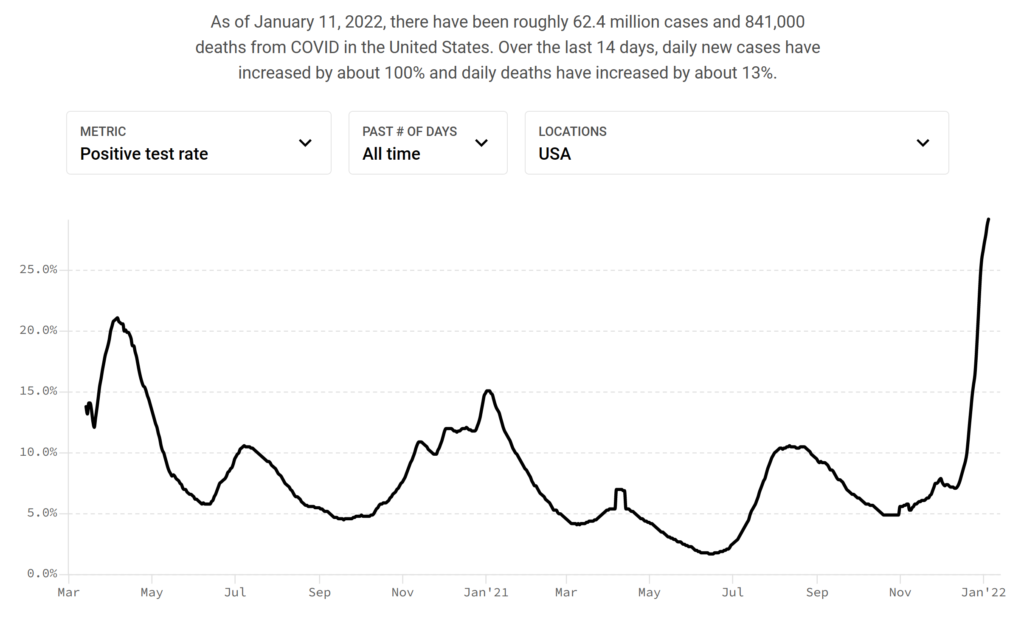The Great Resignation roars again: Here’s why more U.S. workers than ever quit in November 2021 – Nearly 3 million reported not working due to COVID-19 symptoms or caring for somebody who was sick

By Connie Lin
4 January 2022
(Fast Company) – New data from the Bureau of Labor Statistics shows the Great Resignation did not go gently into that good night; rather, it was very much alive at the end of 2021.
A historic 4.5 million workers willingly quit their jobs in November, up from a succession of records set month after month earlier in the year. Economists note that this is a strong sign of confidence in the United States job market, which is bouncing back after last year’s pandemic recession.
But of course, there’s more to be said about what it means for the state of today’s workforce. Why are workers quitting in droves, especially at a time when finances seem most dire?
While there’s no easy answer, a slew of factors could be at play. For one, there’s the COVID-19 pandemic, which is far from over: It dramatically worsened with the introduction of the super-contagious omicron variant, which had begun making waves in mid-November. The mutated virus officially reached U.S. shores on December 1, when the first confirmed case was identified, although that patient zero’s symptoms had emerged weeks earlier. Once the new variant made landfall, it spread fast, becoming the dominant strain within a matter of days.
And the effects of the virus seem to be among the foremost causes of workers quitting. Consider the results of a December survey conducted by the Census Bureau of roughly 100 million unemployed people:
- Nearly 3 million (3%) reported their reason for not working was because they were sick with COVID-19 symptoms or were caring for somebody who was sick.
- Another 5 million (5%) said they were caring for children not in school or daycare, which is a more common circumstance during pandemic lockdowns.
- And another 2.5 million (2.5%) were worried about catching COVID themselves.
Particularly vast swaths of resignations occurred in industries with great exposure to the pandemic, such as food and lodging, retail, and recreation.
But more curiously, nearly 5%, or 4.8 million people, simply said they “did not want to be employed at this time.” And, perhaps, the crux of the Great Resignation is found by reading between those lines. Those very industries that are driving the revolt employ some of the most disenfranchised workers, often offering minimum wage for toiling long hours of manual labor—and their employees are starting to wake up to their collective bargaining power. [more]
The Great Resignation roars again: Here’s why more workers than ever quit in November


